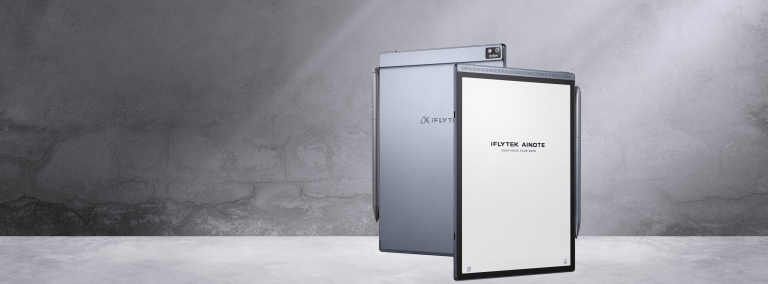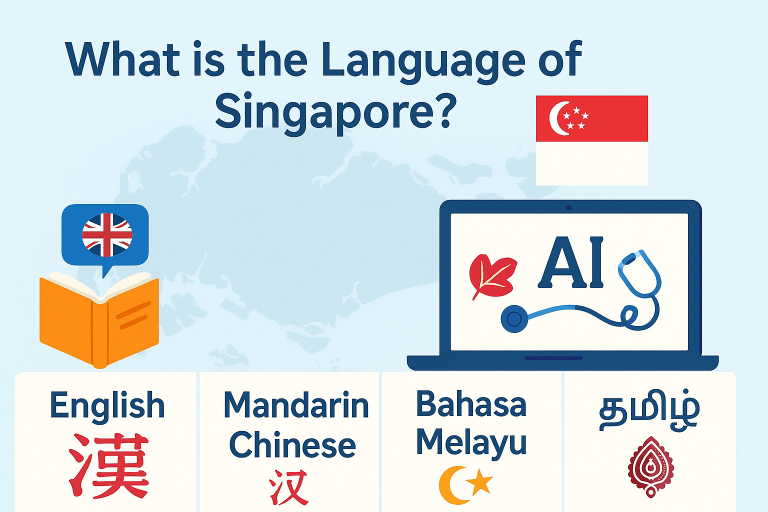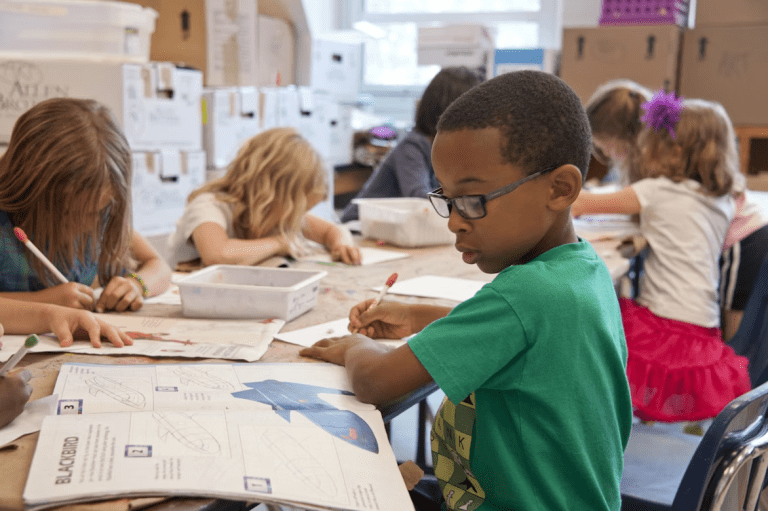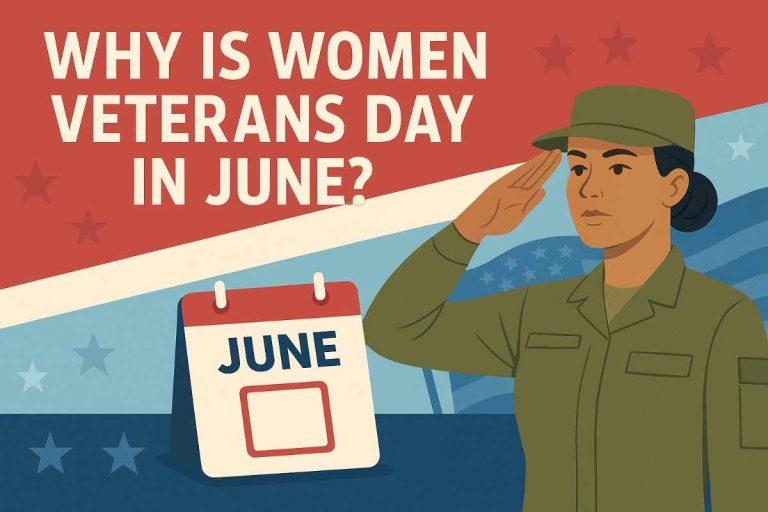Enhancing Music Education with Visual Learning Tools
Music has always been a language of its own—rich, emotional, and powerful. Yet, for many students, learning music theory or mastering complex rhythms can feel overwhelming when explained only in abstract terms. This is where visual learning tools step in, turning sound into something that can be seen, analyzed, and better understood. By combining auditory and visual methods, music education becomes more inclusive, engaging, and effective.
Why Visuals Belong in Music Education
Music is naturally multisensory. Students not only hear notes but also feel vibrations, see written notation, and even observe physical gestures from teachers and peers. Visual learning tools expand on this by transforming invisible concepts like rhythm or harmony into something students can process with their eyes.
According to the Visual Teaching Alliance, 65% of people are visual learners, meaning they absorb information more effectively when it’s presented visually. For music education, that means students are far more likely to grasp concepts when they can see how notes, beats, and chords align.
Turning Sound Into Sight
One of the most exciting ways technology supports music education is through tools that convert audio into visuals. Platforms like Videobolt’s music visualizers, available here, allow students to see music come alive through patterns, colors, and movements synced to sound.
This approach helps in multiple ways:
- Rhythm comprehension – Beats are easier to follow when they’re visualized as pulses or shapes.
- Pitch recognition – Visual representations of frequency make it easier to understand differences between notes.
- Engagement – Dynamic visuals capture students’ attention, making lessons more interactive.
- Memory retention – Linking sound with imagery strengthens recall, especially for younger learners.
By combining sound and sight, educators provide students with a fuller, more immersive learning experience.
Practical Tools for the Classroom
Visual learning in music education doesn’t require advanced equipment. A variety of tools, both traditional and digital, can be integrated into lessons. Some examples include:
- Interactive whiteboards – Teachers can display sheet music, highlight notes, and annotate rhythms.
- Music notation software – Students can watch as their notes are instantly translated into digital scores.
- Video-based learning – Lyric and rhythm videos allow students to follow along visually and aurally.
- Apps and platforms – Music visualizers turn practice sessions into visually engaging experiences.
- Physical aids – Color-coded instruments and notation systems make it easier for beginners to connect symbols to sounds.
These tools can be scaled to fit any classroom budget, from simple printed visuals to high-tech digital setups.
Helping Students Overcome Learning Barriers
For students who struggle with traditional methods of music instruction, visual tools can be transformative. Dyslexic learners, for example, may find sheet music difficult to process. Visual aids like color coding or animations break down barriers, allowing them to connect with music in new ways.
Similarly, students with hearing impairments can benefit from visual representations of rhythm and pitch. Even if they cannot hear all frequencies, seeing how music is structured allows them to engage with lessons on their own terms.
Bringing Creativity Into the Process
Visual tools don’t just simplify learning but they also spark creativity. Students can create their own music visualizations, experimenting with how colors or shapes reflect the emotions of a piece. This process encourages them to think about music in broader, more imaginative ways.
For teachers, it’s an opportunity to combine music education with art and technology, giving students a cross-disciplinary learning experience that feels less like memorization and more like self-expression.
Why Visual Engagement Matters
Engagement is one of the biggest challenges in education today. With so many distractions competing for students’ attention, keeping them focused can feel like an uphill battle. Visual learning tools meet students where they already are, whether immersed in digital, multimedia experiences.
By making lessons interactive and visually dynamic, educators don’t just teach music theory, but they make learning enjoyable and relevant. This approach helps students connect with the subject emotionally, increasing motivation and long-term interest.
Looking Ahead: The Future of Music Education
As technology continues to evolve, visual learning tools will play an even bigger role in classrooms. Imagine virtual reality environments where students can “step inside” a symphony, watching each instrument’s part unfold around them. Or AI-driven platforms that personalize visual learning tools for each student’s pace and style.
The future isn’t about replacing traditional methods but about enhancing them. By combining sheet music, hands-on practice, and visual aids, educators can create a holistic learning environment that prepares students for a lifetime of music appreciation.
Final Thoughts
Music education is at its best when it engages multiple senses. By integrating visual learning tools, educators give students new ways to connect with rhythm, pitch, and harmony. Whether through color-coded notes, interactive apps, or dynamic visualizers like the ones found in Videobolt, these tools help transform abstract sounds into something tangible and memorable.
A peaceful truth lies in this: when students can see the beauty of music as well as hear it, their understanding deepens, and their love for learning grows.






